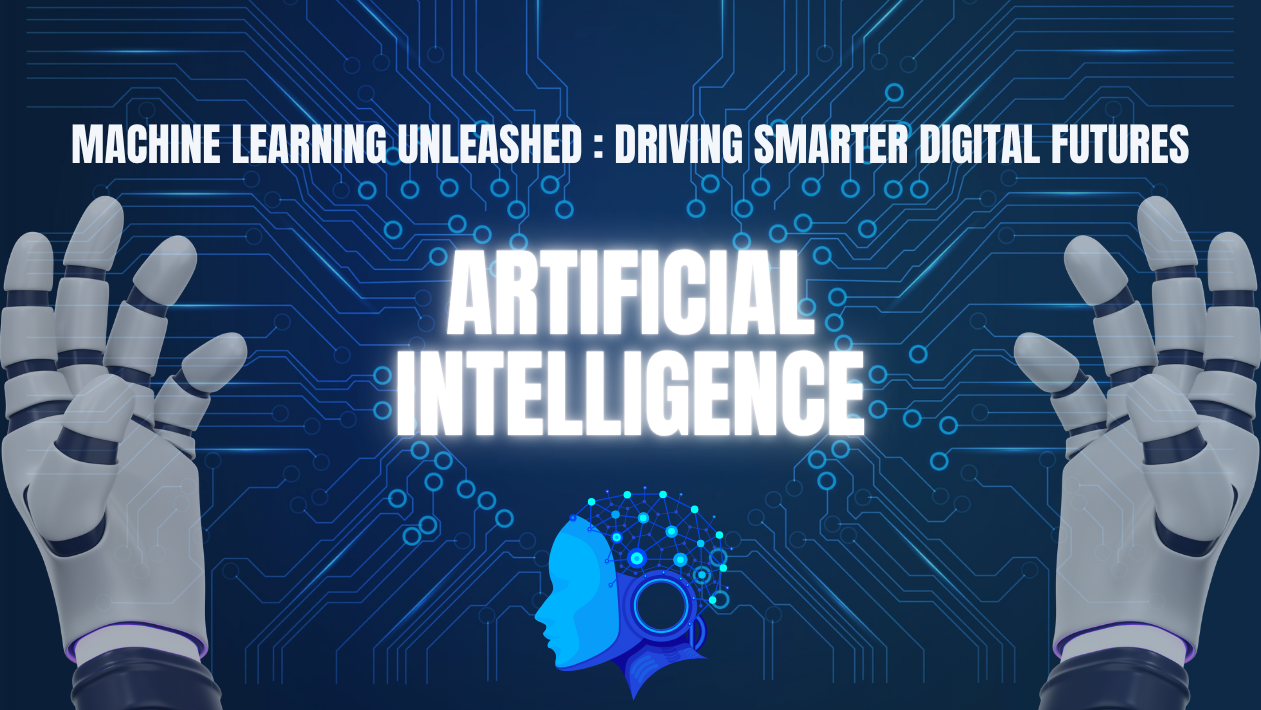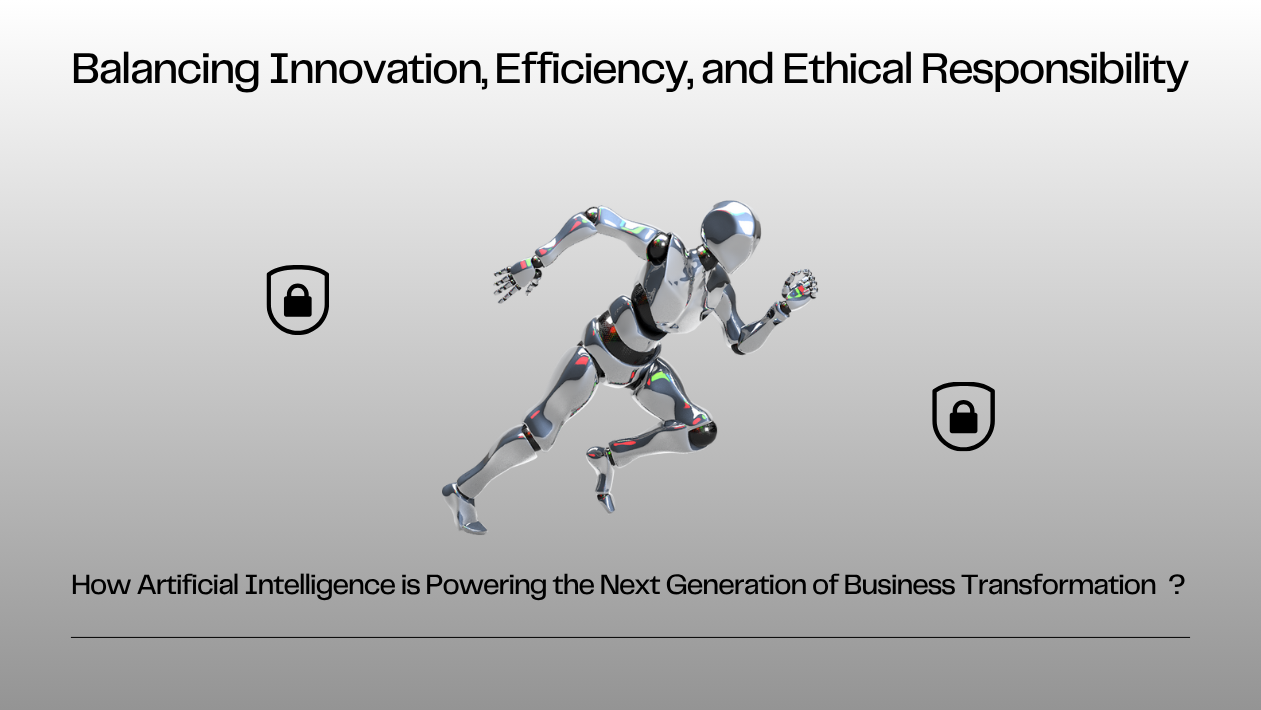Artificial intelligence is turning dusty plant specimens into digital time machines, helping researchers unlock centuries of ecological and climate data stored in herbarium collections around the world.
Herbaria—vast archives of pressed and preserved plant samples—contain over 400 million specimens globally, some dating back to the 1600s. Until recently, most of these collections were underutilized, with their potential locked away in fragile sheets of paper and handwritten notes.
Now, advances in computer vision, natural language processing (NLP), and machine learning are changing the game. AI models can rapidly scan, transcribe, and analyze herbarium sheets, extracting details like plant traits, collection dates, and geographic data. These insights are being used to track biodiversity shifts, climate change impacts, and the spread of invasive species over time.
AI-Powered Insights into Climate Change
By comparing old specimens with modern ones, AI can reveal how flowering times, leaf structures, and plant ranges have shifted due to rising global temperatures. For example, studies show that certain wildflowers in Europe now bloom weeks earlier than their 19th-century counterparts.
This historical lens is helping scientists predict future ecological changes and guide conservation strategies.
Digitization at Global Scale
Institutions like the Smithsonian, Royal Botanic Gardens, Kew, and the Chinese Academy of Sciences are leading large-scale digitization projects. AI speeds up this process, turning what would take humans centuries into years or even months of analysis.
Machine learning systems can now distinguish species characteristics with over 90% accuracy, reducing reliance on manual cataloging.
Herbaria as “Big Data” for Biodiversity
Researchers describe herbarium archives as “big data” ecosystems that document centuries of human interaction with plants. From tracking how colonial trade routes influenced species spread, to monitoring the decline of pollinator-dependent plants, these datasets are offering invaluable context for today’s environmental challenges.
Looking Ahead: A Living Time Capsule
AI doesn’t just preserve history—it makes it actionable. Ecologists, conservationists, and even policymakers are beginning to use AI-extracted herbarium data to inform decisions on agriculture, forestry, and climate resilience.
What was once seen as a dusty archive of pressed flowers is now a living time capsule, guiding humanity’s response to ecological crises.





